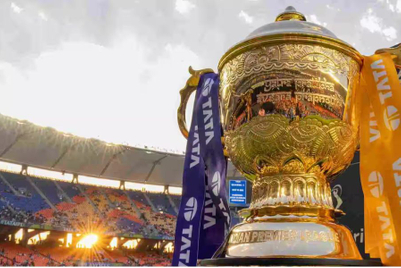
In an amusing post from late 2015, blogger Adrian Hanft took 23 small SUVs from different auto brands. He chose only white models, digitally removed the logos, and placed them side by side. They were all but indistinguishable.
This phenomenon is not restricted to automobiles. In many product categories today, we can find little meaningful differentiation between brands. For most people, a TV from one company is the same as a TV from another. Most insurance providers offer the same coverage as competitors at roughly the same price. And most people couldn’t tell you how their retail bank stacks up against the one next door.
In such cases, the real opportunity lies not in differentiation, but in how you market, sell, and put products and services in your customers’ hands. Convenience, not content, appears to be king.
The reasons for this are straightforward. When it comes to buying today, consumers have choices. For example, they can buy via chatbots or on social media with easy digital payments. They often frequent stores for certain items, but prefer ecommerce for others. As a result, brands that make it easy for customers to buy where they want are often the ones that come out on top.
To explore this, let’s look at a few purchase paths. In doing so, we’ll abandon our usual product categories and lump things together as consumers actually see them.
Grudge purchases: This is the “bread, milk, and nappies” category. It consists of things we have to buy, but don’t enjoy shopping for. Winning brands in these areas often simplify the purchasing process. They have Amazon Dash buttons for reordering detergent, Facebook signups for insurance, or WeChat micropayments for buying drinks from a street vendor in China. They know that the quicker and simpler they can make the transaction, the better their chances of conversion.
Equal stakes purchase: If you’re in a heavily regulated industry, chances are your products look remarkably like your competitors’. In most countries, for example, the price and quality differences between auto-insurance providers are so small that it’s not worth anyone’s time to shop around. In such cases, customers simply go with the companies that are easiest to deal with. The winners tend to find a way to be in the right place at the right time.
High stakes purchases: This category includes any considered (expensive) purchase that the consumer wants to get right. When buying electronic goods or fashion items, for example, consumers have hundreds of options that can be hard to weigh against one another. Any brand that can streamline the decision-making process is welcomed with open arms. That’s why we’re seeing a rise, for example, in fashion-selection services, such as Trunk Club, Chapar, and MTailor. Each one uses technology to connect potential customers with a range of experts who review their personal profiles—and helpfully narrow down their options. That makes it much easier for the discerning, if initially bewildered, customer.
Lowest-price purchases: Sometimes, consumers simply want the lowest price. For example, most people booking flights for a vacation do not much care which airline ferries them from point A to point B. They want to pay the least possible for a reasonable seat. The travel industry has long been good at surfacing these options, but it’s recently gotten much better at keeping them at the top of their customers’ minds. Companies like Ctrip, Expedia, and countless others aggregate the possibilities and overlay them with data about customers, such as their location or purchasing history. They then cleverly retarget potential travelers across the Internet so that they are always one click away from the trip of their dreams.
In other words, while many brands think of themselves as differentiated, if they’re being honest, they know that the quality and products they offer are much the same as their competitors’. In such cases, transformation efforts should focus primarily on removing roadblocks and making the purchasing process as easy as possible.
Even if you’re making a great product at a good price, you should always remember that in today’s crowded and commoditized marketplace, convenience wins out in the end.




.jpg&h=334&w=500&q=100&v=20250320&c=1)
.jpg&h=334&w=500&q=100&v=20250320&c=1)


+(1).jpg&h=334&w=500&q=100&v=20250320&c=1)

.jpg&h=334&w=500&q=100&v=20250320&c=1)




.jpg&h=268&w=401&q=100&v=20250320&c=1)



